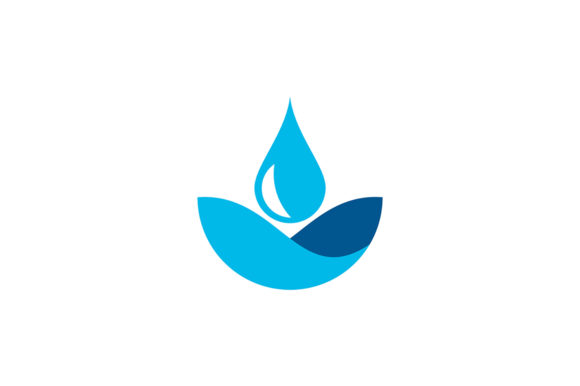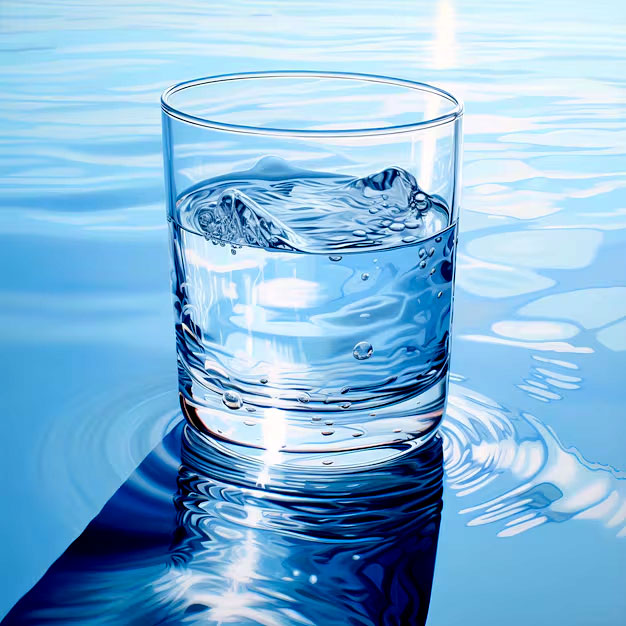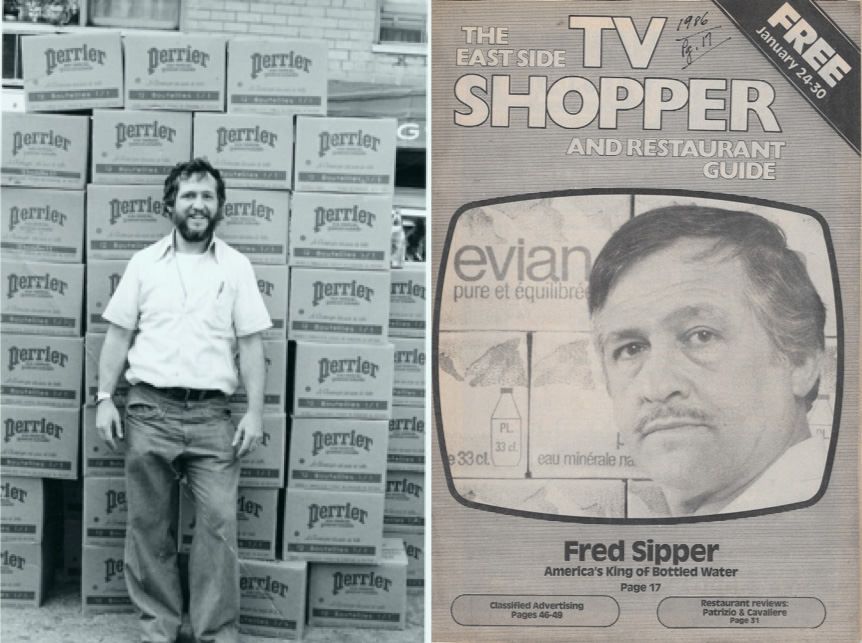Beverage Culture H2O
The History of Bottled Water
Back in the day, a retailer named Fred Sipper, whom Smithsonian Magazine once called the “King of Bottled Water,” started selling Perrier in his small grocery store in New York City in 1960 called Irving’s Food Center. At the time, though what was to become a revolutionary idea, started out as a ploy to attract more consumers to his supermarket. Irving’s Food Center had a lot of European customers, especially French clientele, and his tactic worked.
Unlike sports drinks, bottled water has a much longer history. Even though we humans started transporting water in vessels since the dawn of the first civilizations, bottling of it started much later in the early 17th century. The craze for bottled water in the United States started much later, though, in the 1970s.
In 1621, the first bottling of water began at the Holy Well in the United Kingdom. It was a humble beginning in one bottling plant. That doesn’t exist anymore, but the Malvern water from the springs in this area is still bottled to this day.
The practice started in the UK, then spread across Europe and subsequently to North America during the 1700s. The method gained in popularity as natural springs are believed to have many healing properties. Even though it was popular, bottled water only started being commercially distributed in 1767 by Jackson’s Spa in Boston. All the while, bottled water was mostly created and sold as a medicinal remedy by pharmacists.
In the 1800s, technological innovations allowed for some improvements to the practice. These mostly consisted of cheaper glass bottles and significantly faster bottling. Thanks to this, bottled water grew in popularity even more.
The popularity of bottled water in the 20th Century somewhat declined, especially in the US. This was mostly due to the invention of water chlorination, which reduced the dangers of drinking water available from the public supply. However, bottled water still persisted in Europe, and in the 1970s, became popular again.


